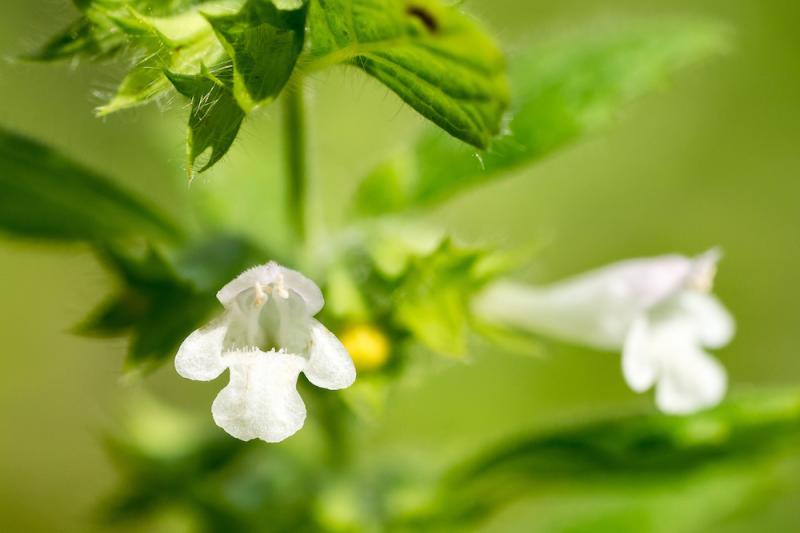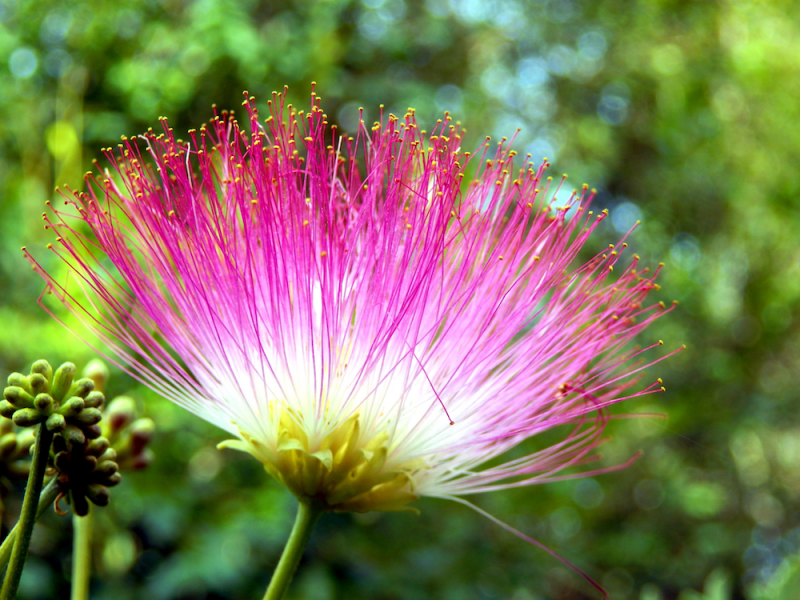- September 14, 2021
Oregon Grape
You can recognize Oregon grape by its holly-like leaves and bright yellow flowers in the spring and dark, purplish-blue berries in the fall. The berries are edible, but just barely, due to their very sour, almost bitter flavor. But the root is what is used for herbal medicine. Oregon grape root is used as a moistening, restorative blood purifier, and infection fighter.
- September 7, 2021
Hydrangea: Relieving Hardness of Mind and Body
I’ve never had a kidney stone, but people who have had them know they are extremely painful. Fortunately, I’ve found it is possible to help someone pass kidney stones more easily with hydrangea. Hydrangea is a hardy bush with beautiful flowers that make it a popular garden plant. And while there are around 75 species, most of them are mildy toxic. The only species that is used is for herbal medicine is Hydrangea arborescens and the part that is used is the root. Passing Kidney StonesA basic…
- August 31, 2021
The Mighty Oak
The first herb book I studied was Back to Eden by Jethro Kloss. I remember reading about white oak bark (Quercus alba) and being puzzled by how it could be used for varicose veins, hemorrhoids, and bleeding gums. I wondered how one plant could be used for so many different health issues. It wasn't until I started working with Edward Milo Millet, my first herb teacher, that I got the answer to my question. He helped me understand how different remedies can have similar actions can be grouped together.…
- August 24, 2021
Practical Uses for Prickly Pear
Knowing how to use the edible and medicinal plants growing in your area will give you a greater sense of security and valuable skills when troubled times come. One of my goals in writing these articles is to introduce you to the uses of common plants you might find growing nearby so you can learn and share this practical knowledge. Today I’m going to discuss the uses of nopal, also known as the prickly pear cactus. While more common in the Southwest, various species of prickly pear are found throughout…
- August 17, 2021
The Beauty and Benefits of Chicory
When I lived in Roosevelt Utah, the driveway to my home was lined with wild chicory. It was one of the things I loved about the place. The beautiful blue flowers produced by this member of the aster family were always cheering for my soul. Chicory is cultivated as food, harvested as a medicinal herb, and one of the original twelve healers created by Edward Bach, the father of flower essence therapy. Chicory as FoodYou can find chicory in the grocery store, but it won't be labeled as chicory. The…
- August 10, 2021
Find the Uplifting Calm of Lemon Balm
I love growing lemon balm (Melissa officinalis) in the garden. I enjoy running my hand over the leaves and then smelling the lemony fragrance that lingers on my fingers. It reminds me of lemon furniture polish and provides a distinctly uplifting feeling when I smell it. Like borage, which I wrote about last week, it’s an annual that is easy to grow in the garden and readily reseeds itself. It also attracts bees; the Latin name Melissa being derived from the Greek word for bee. Uplifting Fragrance…
- August 3, 2021
Creating Cheerful Courage in the Face of Adversity
Borage officinalis is a member of the borage family, the same family as comfrey. It has a few similar properties, but quite different uses. Both plants contain mucilage and tannin and are good sources of silica and other minerals. Both have also come into disfavor because they contain small amounts of pyrrolizidine alkaloids (which are common in this family). These alkaloids are potentially toxic to the liver. As I said in my comfrey article, I think the toxicity of both comfrey and borage is highly…
- July 27, 2021
Mimosa: The Happiness Tree
I was introduced to mimosa (Albizia julibrissin) by Thomas Easley, who gave me a tincture made from the flowers. He didn’t tell me anything about it; he just asked me to experience its effects. When I took a few drops, it felt like the energy of the plant went straight to my heart, opening it up, creating a sense of happiness like the happiness you feel when you’re in love. This diffused outward from my heart. It was one of the most uplifting feelings I’ve experienced from any herb. I was immediately…













